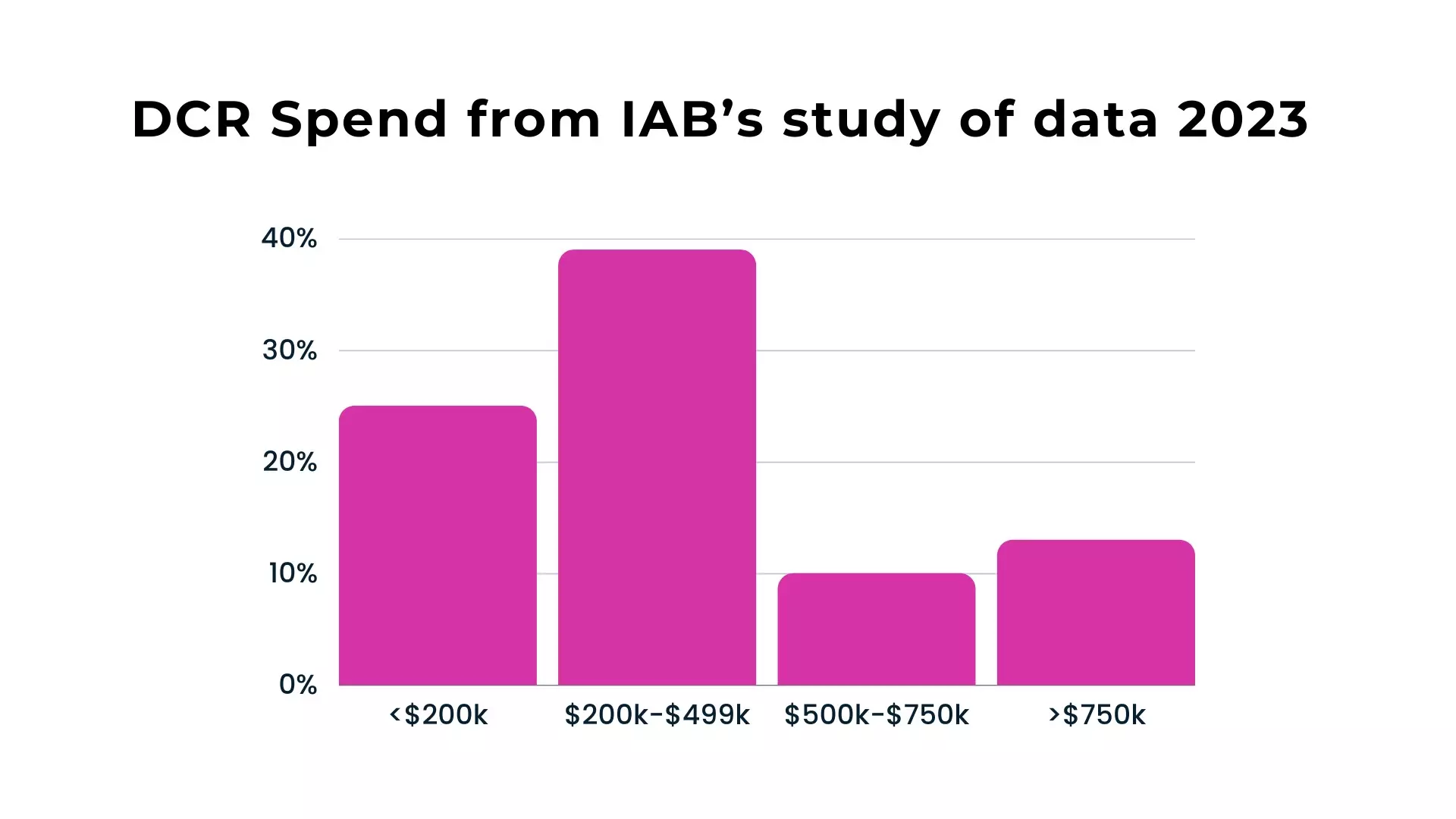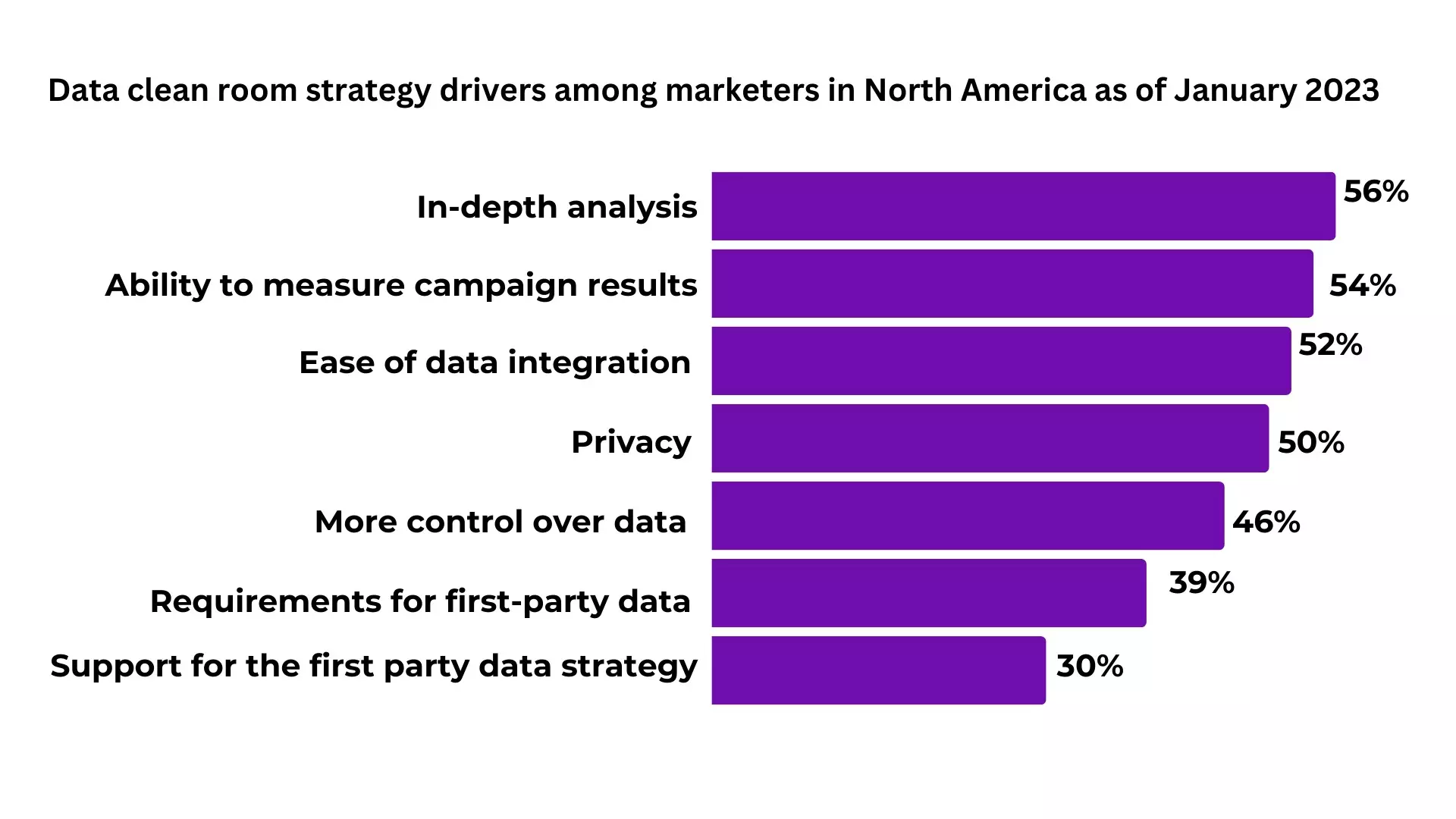Data clean rooms (DCRs) are becoming more popular in the Adtech industry as a way to address the growing privacy concerns and regulatory challenges.
In this blog, let us find out why they are important for web publishers and do web publishers really need to care about data clean rooms.
Table of Contents
- What Is a Data Clean Room?
- Why Does Data Clean Room Matter?
- Data Clean Room and Its Usage for Web Publisher
- How Does a Data Clean Room Work for Publishers?
- The Significance of Data Clean Room
- Types of Data Clean Rooms for Web Publishers
- Best Practices for Web Publishers
- Challenges With Implementing Data Clean Rooms
- Information Is the Key
What Is a Data Clean Room?
A data clean room is a secure environment where sensitive or confidential data can be analyzed without violating privacy or compliance rules. As a publisher, you upload your first-party audience data here for further use.
It is a controlled environment where data scientists, analysts, or researchers can access and analyze sensitive data without exposing personal information. They follow strict rules and procedures to ensure that the data is used only for specific purposes and that privacy and security are maintained. It is like a virtual “bank vault” where data is handled with care and caution.
Why Does Data Clean Room Matter?
Imagine you are a web publisher who runs an online clothing store. To improve your business, you need insights into the browsing behavior of your website visitors so that you can offer them better products and a more personalized shopping experience.
However, you also value your customers’ privacy and want to comply with data protection laws like GDPR and CCPA.
So, what do you do? – You use data to clean room. Simple.
Also, the data clean room is gaining momentum. For instance, the IAB’s state of data 2023 revealed that close to two-thirds of users which accounts for 62%, spent a minimum of USD $200k in a clean room in 2022, and then 23% spent more than USD $500k.

According to Insider Intelligence, Snowflakes is working on cross-platform and cross-publisher clean room with the reputed advertising firm Open AP with WarnerBros being the first publisher to enter in it. Hence data clean room is gaining traction and being utilized by the thought leader platforms, showing that it is time for you to go into detail about it.
Data Clean Room and Its Usage for Web Publisher
Data clean room (DCR) is a way for web publishers to share and analyze their data with advertisers or partners without compromising privacy or compliance. This platform enables web publishers to measure the effectiveness of online campaigns and optimize ad revenue.
According to Statista, marketers use data clean room for various reasons.

With the use of data clean room, web publishers can:
- Protect their user data and privacy by sharing only aggregated or anonymized data with advertisers or partners.
- Enhance their ad revenue and performance by allowing advertisers to access and analyze their data without compromising their ownership or control.
- Create new data products and services by combining their data with other sources and offering insights and analytics to their customers or partners.
- Improve their audience segmentation and targeting by finding overlaps and similarities with other data sets and creating more relevant and personalized content and ads.
How Does a Data Clean Room Work for Publishers?
Step 1: As a publisher, the first thing you do is upload your audience data into the data clean room. This could include metrics like reader behavior, popular articles, and site visit times.
Step 2: Once your data is in the clean room, it applies several security layers to it. This includes turning personal identifiers into random codes and setting up controls to limit data access. This way, you don’t have to worry about breaches or misuse.
Step 3: Your data is then organized into specific groups, or “cohorts,” based on metrics that matter to you and potential advertisers. These could be based on reader interests, engagement levels, or other relevant metrics. This helps you both understand your audience in a more segmented way.
Step 4: The data clean room processes these cohorts to generate actionable insights. For example, if you find out that a certain cohort engages more with tech articles, you could focus on producing more content in that area.
Step 5: You can share aggregated reports and insights with advertisers without giving away individual user details. This lets advertisers better target their ads, which can, in turn, lead to higher ad revenue for you.
The Significance of Data Clean Room
Data clean room has gained immense significance. Here are a few real-world statistics and examples that prove why you, as a web publisher, should get going with DCRs.
Enhances data privacy
Data breaches can be costly and damaging to a company’s reputation. According to a report by IBM, the average cost of a data breach is $4.24 million. Data clean room helps mitigate this risk by prioritizing user data privacy.
Regulatory compliance
In an era of strict data regulations, adherence to these laws is non-negotiable. A recent survey by PwC reveals that 87% of consumers are concerned about how companies use their data. Data clean room provides a means for web publishers to stay compliant with laws like GDPR and CCPA.
In-depth analysis
The power of data lies in its analysis. Data clean room facilitates in-depth data analysis, enabling web publishers to gain valuable insights into user behavior. As a publisher, you can use this information to curate highly personalized and focused content for visitors.
Types of Data Clean Rooms for Web Publishers
Here are the eight types of data clean rooms for web publishers, each designed to cater to specific needs.
First-party data clean rooms
These are created and managed by the web publishers themselves, allowing for full control over data processing and analysis.
Here’s an example: An e-commerce website can employ a first-party data clean room to analyze its customer behavior data. By doing so, they can make data-driven decisions on which products to feature, increasing sales.
- Example: Google’s Data Hub
- Why: Google’s Data Hub is a comprehensive solution that allows web publishers to keep everything in-house while still benefiting from Google’s advanced analytics tools.
Second-party data clean rooms
These are collaborative environments set up by web publishers and their trusted partners to share and analyze data collectively. They can help web publishers to gain insights and form “lookalike” audiences.
For instance, a travel blog could partner with a hotel booking site in a second-party data clean room. The blog can create personalized content for hotel packages based on user preferences. Likewise, the hotel site can understand customer needs and improve services. Both parties benefit, increasing revenue and loyalty.
- Example: Adobe Audience Manager
- Why: Adobe allows you to collaborate with trusted partners, making it easier to build “lookalike” audiences and share insights.
Third-party data clean rooms
These are managed by external companies and provide secure spaces for web publishers to share data with third-party entities while maintaining privacy.
For example, a news website wants to increase its paid subscribers and reduce its churn rate. It decided to partner with a telecom company that has a large customer base and offers various mobile and broadband plans. The news website and the telecom company agree to use a third-party data clean room to securely share and analyze their data without revealing any personally identifiable information.
- Example: Snowflake
- Why: Snowflake offers secure data sharing capabilities that can be used to establish a third-party data clean room.
Vertical data clean rooms
Tailored to specific industries or niches, these clean rooms offer industry-specific solutions and data analysis. Here’s a use case about a health website that teams up with a fitness app that has lots of users and offers things like workout plans and health tracking.
They use a safe space for data called a vertical data clean room. The health website shares its data, like user info and what content folks like, in the clean room. The fitness app also shares its data, such as user details, fitness goals, and what they do in the app. This helps them understand their shared audience better.
- Example: HealthVerity for healthcare-focused publishers
- Why: HealthVerity specializes in healthcare data, offering secure and compliant solutions for publishers in the health sector.
Horizontal data clean rooms
Designed to serve a broader range of industries, horizontal clean rooms are versatile and adaptable to various sectors. For example, a fashion website that produces articles, videos, and blogs on topics related to style and beauty.
They want to increase their audience engagement and conversion. It decides to partner with an e-commerce platform that has a large customer base and offers products such as clothing, accessories, and cosmetics. The fashion website and the e-commerce platform agree to use a horizontal data clean room. The fashion website increases its audience and revenue, while the e-commerce platform improves customer satisfaction and follows privacy rules.
- Example: Microsoft Azure
- Why: Azure provides a range of data services that can be customized to fit the needs of publishers across various industries.
Custom data clean rooms
These are tailor-made solutions that cater to unique requirements, making them suitable for web publishers with specialized needs.
Here’s an example, a gaming website that creates its own customized data clean room to share and analyze its user data with game developers and advertisers, enabling them to create better games and ads for its audience.
- Example: Infosys
- Why: Infosys offers custom solutions, allowing publishers to create a data clean room tailored to their unique requirements.
Open data clean rooms
Collaborative spaces where multiple entities can access, share, and analyze data, fostering collective insights and innovation.
For instance, a research website that joins an open data clean room to access, share, and analyze data from various sources, such as academic institutions, government agencies, and NGOs, enhances its research quality and impact.
- Example: Databricks
- Why: Databricks allows for multi-party collaboration, facilitating the sharing and analysis of data from multiple sources.
Hybrid data clean rooms
Combining elements of different clean room types, these offer flexibility and customization.
For example, a music website that uses a hybrid data clean room to combine its own data with data from a third-party data provider and a second-party data partner, allowing it to create personalized music recommendations and offers for its users.
- Example: Salesforce CDP (Customer Data Platform)
- Why: Salesforce’s CDP allows publishers to combine different types of data in a flexible, secure environment.
Understanding these types of data clean rooms empowers web publishers to choose the one that best aligns with their objectives and privacy considerations.
Best Practices for Web Publishers
To harness the benefits of data clean rooms, web publishers should follow these best practices while implementing DCRs. Those are:
-
User consent
Always obtain user consent before collecting and processing data within a data clean room. According to a 2019 survey by Norton, 89% of users are more likely to trust companies that ask for their permission to collect data.
-
Data anonymization
Anonymize data to protect user identities, making it impossible to trace back to individuals. Anonymization techniques are widely acknowledged as a fundamental element in data protection.
-
Data security measures
Implement robust security measures to safeguard data from breaches and cyber threats. Statistics from the Verizon Data Breach Investigations Report reveal that 61% of data breaches involve credential data.
-
Regular audits
Conduct regular audits to ensure compliance with data protection regulations. In a survey by TrustArc, 94% of companies reported using audit logs to demonstrate compliance.
-
Data sharing agreements
Establish clear data-sharing agreements with partners, ensuring transparency in data usage. According to IAPP, data processing agreements are a requirement under GDPR.
-
IAB Tech Lab’s data clean room standards
IAB Tech Lab, the global authority for digital advertising standards, recently introduced a comprehensive set of guidelines for data clean rooms. These rules are like a guidebook for how DCRs should work. They also created something called “Open Private Join & Activation (OPJA)” to help different companies work together in these DCRs. So, that:
- Web publishers can share data for advertising without revealing personal information.
- Web publishers can work with advertisers and share data in a safer manner. This means they can keep showing targeted and effective ads without breaking user privacy rules.
- With these new rules, web publishers can work smoothly with many partners, making the data-sharing process much simpler.
These practices are vital for web publishers because they help them protect user privacy, maintain effective content, and work better with partners. Also, by following the DCR rules, web publishers show they respect privacy, gain user trust, and follow strict privacy laws in the world of digital advertising.
Challenges With Implementing Data Clean Rooms
While Data Clean Rooms offer numerous advantages, web publishers also encounter challenges in their implementation:
Technical complexity
Setting up and maintaining a data clean room can be technically challenging and resource-intensive. However, you can explore many third-party providers based on your requirements and budget. They will save you time, effort, and money.
Compliance hurdles
Meeting compliance requirements can be a daunting task, with severe consequences for non-compliance. Making a mistake can cost you a lot.
Hire legal experts to review your compliance strategy. They can help you understand the laws better and avoid costly errors.
Resource allocation
Investing in data clean rooms may require a substantial allocation of resources.
Plan your budget carefully. Use analytics to see the return on investment and adjust your spending as needed.
Information Is the Key
Web publishers often face significant challenges while implementing data clean rooms. However, keeping yourself informed and finding solutions is key to this process!























